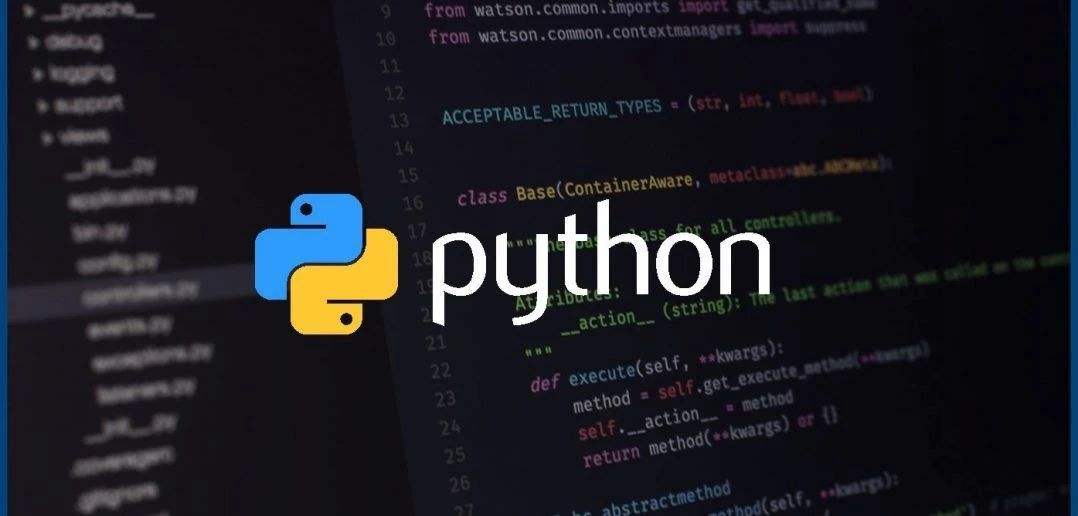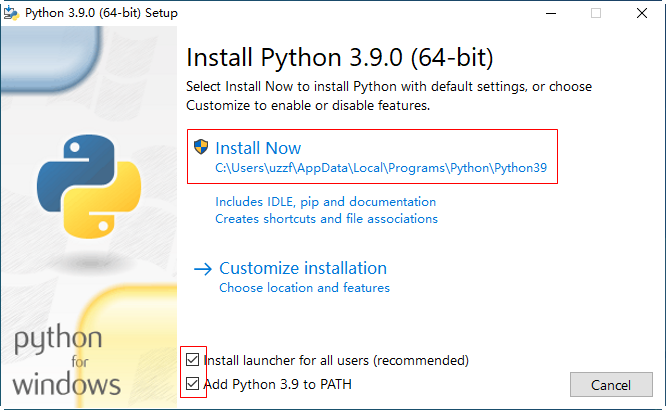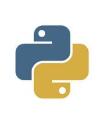【版权声明】根据《中华人民共和国著作权法》及相关法律法规,本平台提供的软件资源仅限用于个人学习、研究等非商业用途。任何单位或个人若需将本软件用于商业运营、二次开发、公共服务等营利性场景,必须事先取得软件著作权人的合法授权或许可。未经授权擅自进行商业使用,将可能面临民事赔偿、行政处罚等法律责任。 本平台已尽到合理提示义务,若用户违反上述规定产生的法律纠纷及后果,均由使用者自行承担,与平台无任何关联。我们倡导用户通过官方渠道获取正版软件,共同维护健康的知识产权生态。 注:本声明已依据《计算机软件保护条例》第二十四条、《信息网络传播权保护条例》第六条等法规制定,确保符合我国版权法律体系要求。
Introduction to Python 3.9.0
Python 3.9.0 is an interpreted language, designed for efficiency by eliminating the need for compilation and linking. This feature allows for significant time savings during program development. The interpreter's interactive nature makes it easy to experiment with language features, write one-off programs, or test functions during the development process. It serves as an excellent calculator and is versatile for various tasks.
As a robust, general-purpose programming language, Python has evolved over more than a decade, achieving maturity and stability. Its syntax is straightforward and adaptable to nearly every operating system. With a growing user base and an abundance of resources, Python continues to see rapid development in associated technologies.

Software Characteristics of Python 3.9.0
Python enables the creation of strict and readable programs. Python programs are typically shorter than their C counterparts due to several factors, including high-level data structures, the use of indentation instead of brackets, and the requirement for variable and parameter declarations.
Python's scalability is a significant advantage. You can easily add built-in functions or modules to the interpreter for faster execution of critical operations or link Python programs with libraries written in binary code. If you are proficient in connecting the Python interpreter to applications written in C, it can be used as an extension or command language for your applications.
The name Python is a nod to the British comedy group "Monty Python's Flying Circus," not the snake.

Unique Features of the Python Language
Python embodies the philosophy of simplicity. Its strict English requirements make reading a well-written Python program feel like reading English. The nature of Python's pseudocode is one of its significant advantages, allowing developers to focus on problem-solving rather than the language itself.
Python is straightforward to learn and use, featuring a simple syntax. As an open-source software, Python allows for freedom in distribution, modification, and inclusion in new free software Projects. This collaborative approach contributes to Python's Excellence and continuous improvement.
Python is a high-level language, freeing developers from the need to manage low-level detAIls like memory management. It is also portable, having been adapted to numerous platforms thanks to its open-source nature. Python programs can run on any platform without modification, provided system-specific features are avoided.
Python's interpretive nature means that it doesn't need to be compiled into binary code to run. The interpreter converts the source code into bytecode and then translates it into the machine language. This simplifies the process of running Python programs and makes them easier to port.
Python supports object-oriented programming, allowing for the creation of objects that encapsulate data and functionality. This approach is powerful and straightforward, as seen in other mainstream languages like C++ and Java.
Python's extensibility allows for the integration of C or C++ code for performance-critical sections or to keep algorithms private. Python can also be embedded into C/C++ programs, offering script functionality to users.
The Python Standard Library is extensive, providing tools for a wide range of tasks, including regex, XML-RPC, HTML, WAV file handling, CGI, FTP, Email, and more. Additional high-quality libraries like wxPython, Twisted, and the Python Imaging Library further extend Python's capabilities.
In summary, Python 3.9.0 is a remarkable language that combines high performance with a straightforward and enjoyable programming experience.





